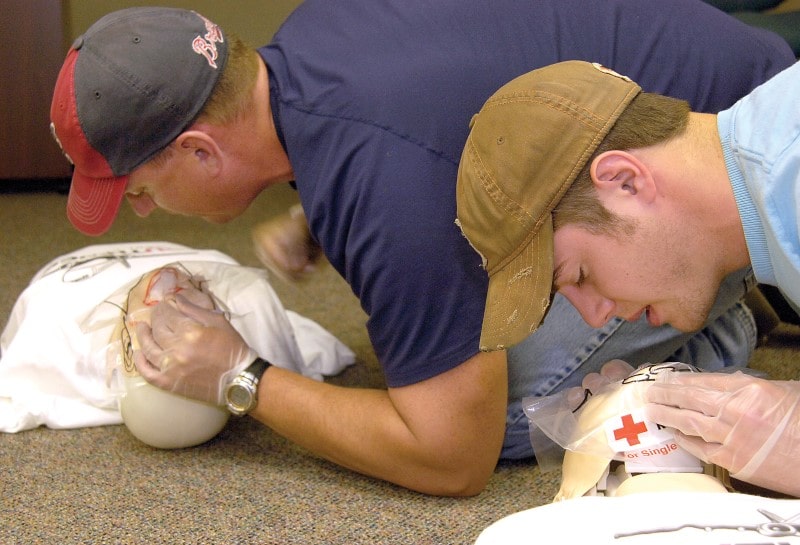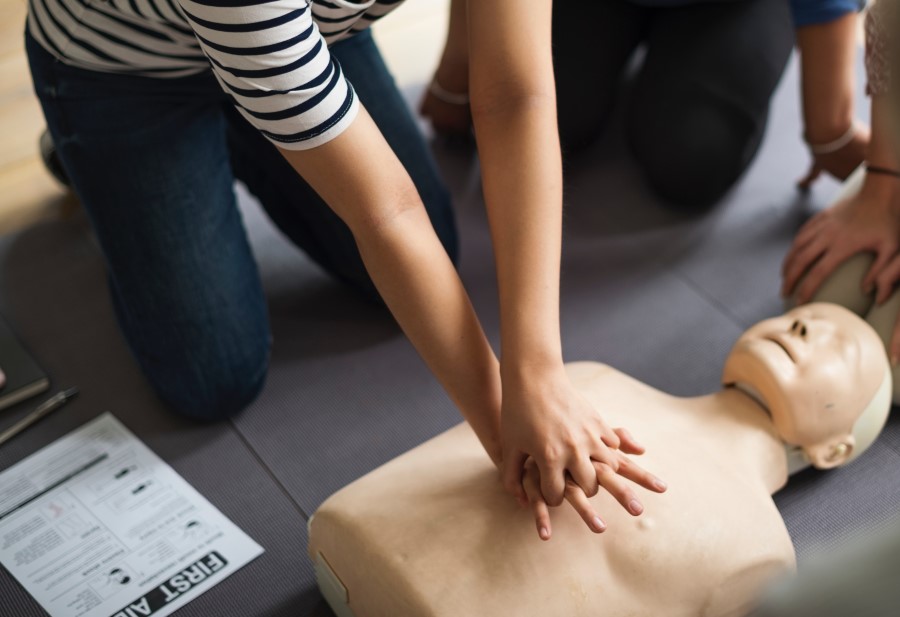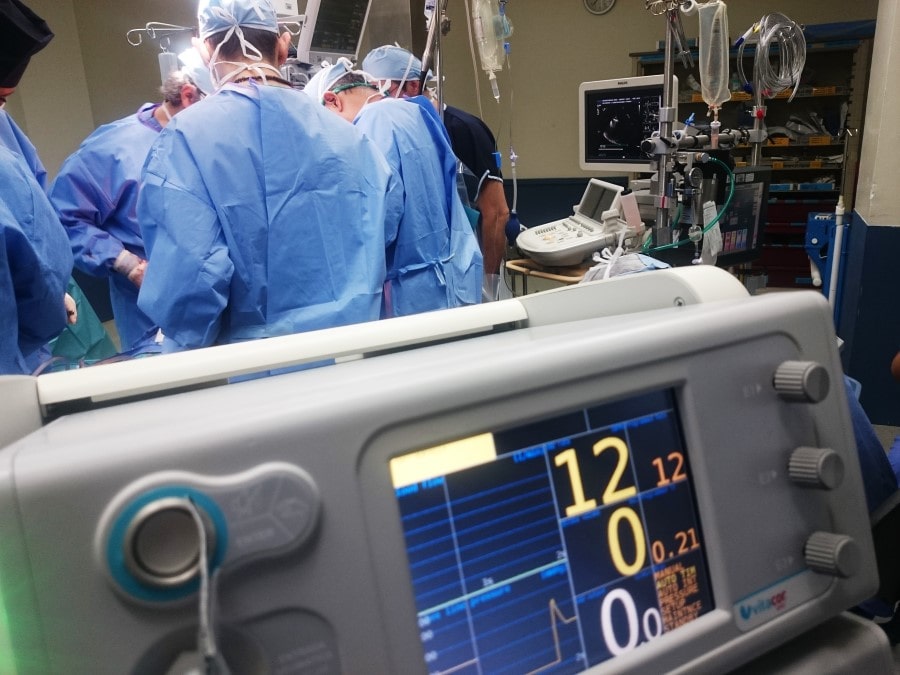One of the difficult tests of life is the ability to respond to a sudden situation, especially when it comes to an emergency. The day we become flourish to handle it, will surely make us feel proud. To achieve that success, the most required is the capacity building. The advancement in science and technology has to lead to new innovative outcomes, the spectacular results of the life-saving tool, CPR, is still unmatchable at the time of emergencies.
The first requisite is to enhance your willpower and to balance your ability to tackle while seeing your near ones struggling. The procedure to follow while having CPR training is the same for all age groups, but there is a need to give special attention in case of children. There are proper guidelines assigned by different International organizations that encourage CPR methodology.
CPR certification course by The National CPR Association, comes with three credentials. All of them are in a solitary and exceptionally streamlined manner. The course is formulated with proper assistance from health care providers. The primary motive of our online course is to train you with real authentic CPR methodologies. As it is an online course, it has a better chance to reach to the masses. Students, employees, businessmen, teachers, people from all professional backgrounds can opt this course. Rather than being a ‘want’ based course, it is a ‘need’ based course. Who knows, you might save someone’s life someday because of the knowledge gained through this course.
We will give you the entire test preparation material and practice papers. The materials are organized by our expert healthcare specialist to make it easily understandable. Here, you will get an extensive knowledge about passing the AED certification level for CPR. The training topics include varied topics like cardiac arrest, drug overdose, choking issues, and External Defibrillators, etc. After getting the training, you will become fully fledged CPR giver.
We provide you with the best opportunity to explore your potential for social benefit. After clearing the exam, you will receive an email certification, which includes your details and passing date. The National CPR Association has done everything conceivable to guarantee that your CPR, AED, and emergency treatment preparing are as viable and quick as could reasonably be expected!



